Get the latest international news and world events from around the world.
DARPA deploys swarms of autonomous robots to carry out urban raid
A swarm of autonomous robots has been deployed by researchers from DARPA to test how the technology could be used as part of an urban raid. The experiment was part of a project to find ways to map environments and gather real-time intelligence using aerial and land based robots.
In the not-so-distant future, hundreds of unmanned drones and on-the-ground rovers could swoop into an area of interest and spew crucial data to human military operators faced with limited sight lines or tasked with navigating unpredictable spaces, researchers the Defense Advanced Research Projects Agency (DARPA) said this week.
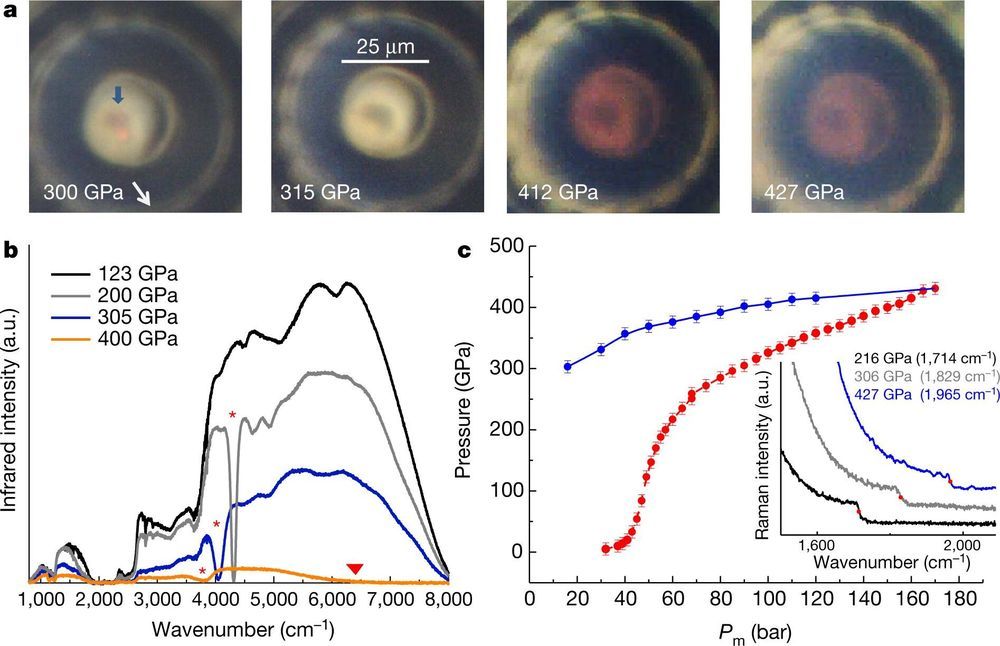
Researchers find evidence for metallic hydrogen at 425 gigapascals
A team of researchers, two with the French Atomic Energy Commission (AEC) and a third with the Soleil synchrotron, have found evidence of a phase change for hydrogen at a pressure of 425 gigapascals. In their paper published in the journal Nature, Paul Loubeyre, Florent Occelli and Paul Dumas describe testing hydrogen at such a high pressure and what they learned from it.
Researchers long ago theorized that if hydrogen gas were exposed to enough pressure, it would transition into a metal. But the theories were not able to derive how much pressure is required. Doubts about the theories began to arise when scientists developed tools capable of exerting the high pressures that were believed necessary to squeeze hydrogen into a metal. Theorists simply moved the number higher.
In the past several years, however, theorists have come to a consensus—their math showed that hydrogen should transition at approximately 425 gigapascals—but a way to generate that much pressure did not exist. Then, last year, a team at the AEC improved on the diamond anvil cell, which for years has been used to create intense pressure in experiments. In a diamond anvil cell, two opposing diamonds are used to compress a sample between highly polished tips—the pressure generated is typically measured using a reference material. With the new design, called a toroidal diamond anvil cell, the tip was made into a donut shape with a grooved dome. When in use, the dome deforms but does not break at high pressures. With the new design, the researchers were able to exert pressures up to 600 GPa. That still left the problem of how to test a sample of hydrogen as it was being squeezed.
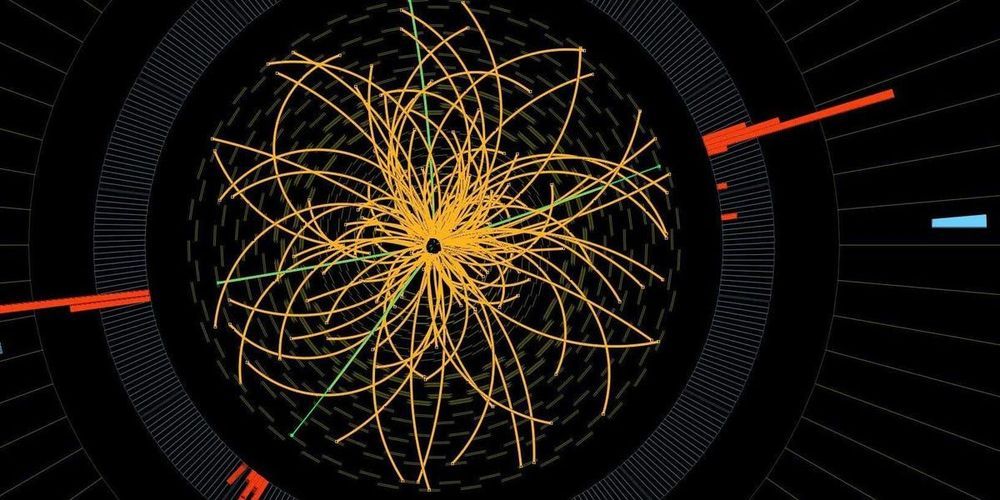

Jeff Bezos Adds $13.2 Billion to His Fortune in Just Minutes
Jeff “Pesos”
Thats the Gdp of the Maldives lol.
Shares of his Amazon.com Inc. surged 12% to $2,100 in extended trading at 4:16 p.m. Thursday in New York, after the largest U.S. e-commerce company reported fourth-quarter results that smashed Wall Street estimates.
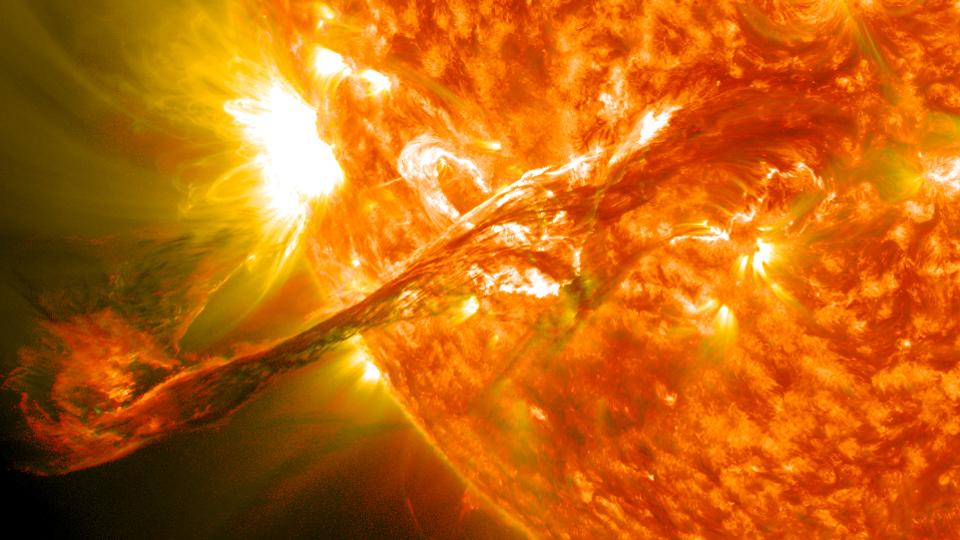
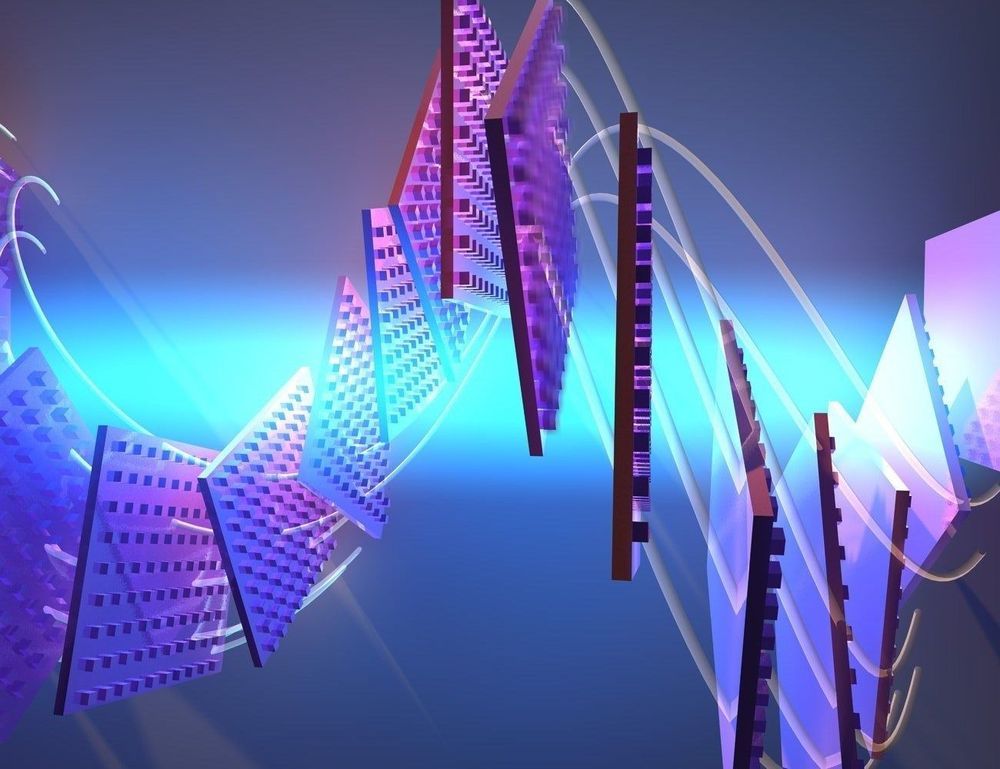
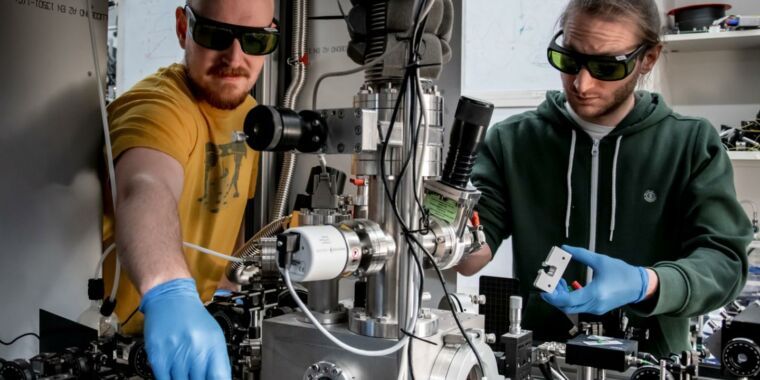

Higgs mode and its decay in a two-dimensional antiferromagnet
Essentially the higgs mode is like a developer mode for materials and even physics by itself. It could make metals that are as light as a feather but essentially as strong as a universe. It could make essentially near infinitely strong metals that could be put on spaceships to handle all manners of energy blasts. Even weird things could happen where like even changing dimension al physics of areas. Essentially a near cartoon like physics or even prove the existence of the stranger things dimension really happened. Even keep out other dimensions from entering our universe. Even controlling the universe itself by healing it. Essentially like it could allow the monitor from halo kinda developer mode to modify gravity or all variables or even bring new variables into the dimension.
Condensed-matter analogues of the Higgs boson in particle physics allow insights into its behaviour in different symmetries and dimensionalities1. Evidence for the Higgs mode has been reported in a number of different settings, including ultracold atomic gases2, disordered superconductors3, and dimerized quantum magnets4. However, decay processes of the Higgs mode (which are eminently important in particle physics) have not yet been studied in condensed matter due to the lack of a suitable material system coupled to a direct experimental probe. A quantitative understanding of these processes is particularly important for low-dimensional systems, where the Higgs mode decays rapidly and has remained elusive to most experimental probes. Here, we discover and study the Higgs mode in a two-dimensional antiferromagnet using spin-polarized inelastic neutron scattering. Our spin-wave spectra of Ca2RuO4 directly reveal a well-defined, dispersive Higgs mode, which quickly decays into transverse Goldstone modes at the antiferromagnetic ordering wavevector. Through a complete mapping of the transverse modes in the reciprocal space, we uniquely specify the minimal model Hamiltonian and describe the decay process. We thus establish a novel condensed-matter platform for research on the dynamics of the Higgs mode.

AI-designed drug to enter human clinical trial for first time
A drug molecule invented entirely by artificial intelligence is set to enter human clinical trials for the first time, marking a critical milestone for the role of machine learning in medicine.
The new compound, which has been designed to treat patients with obsessive-compulsive disorder, was developed by Oxford-based AI start-up Exscientia in collaboration with the Japanese pharmaceutical firm Sumitomo Dainippon Pharma.
In a sharp acceleration of the typical path to drug development, which can take about four and a half years, the AI-designed compound reached the point of entering clinical trials within just 12 months.